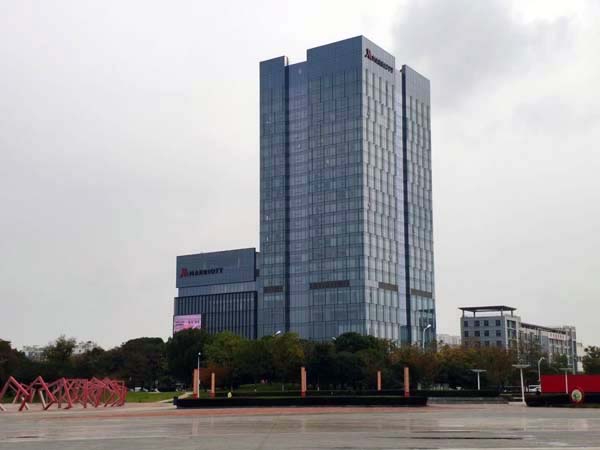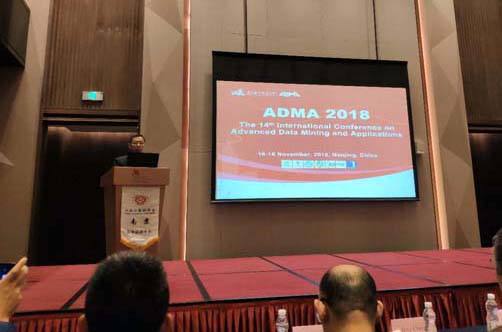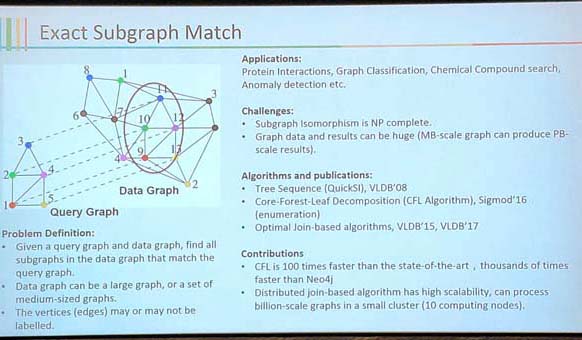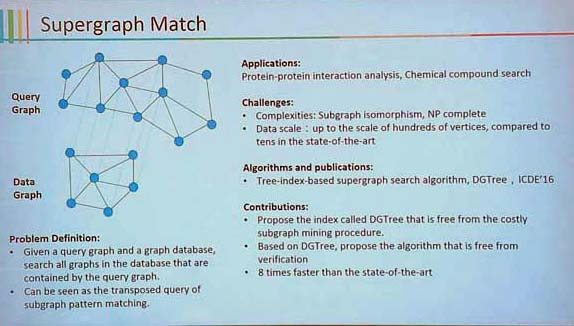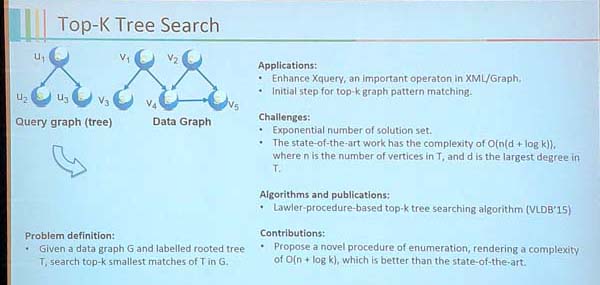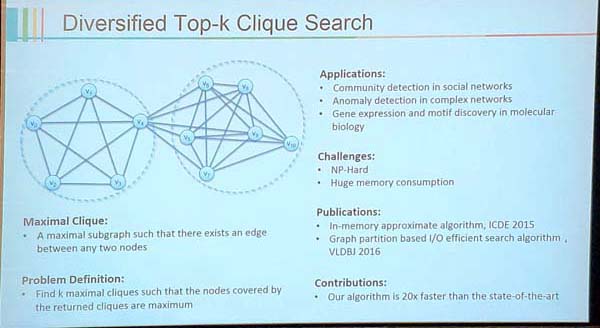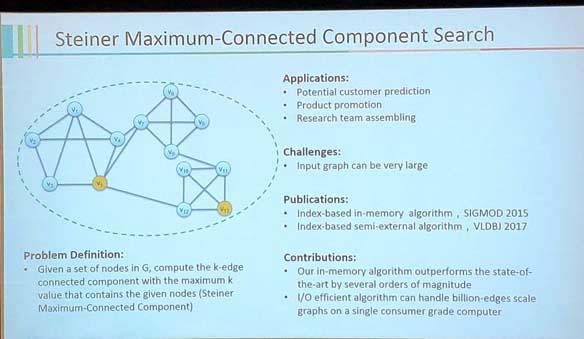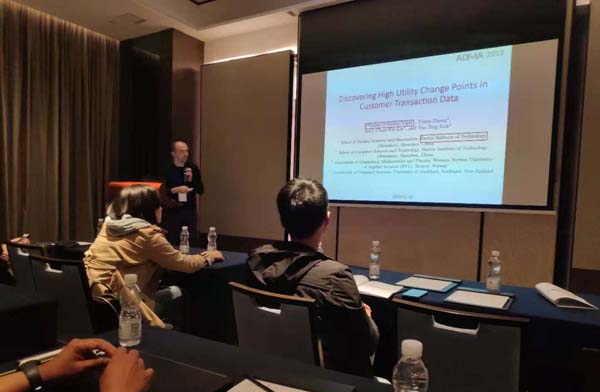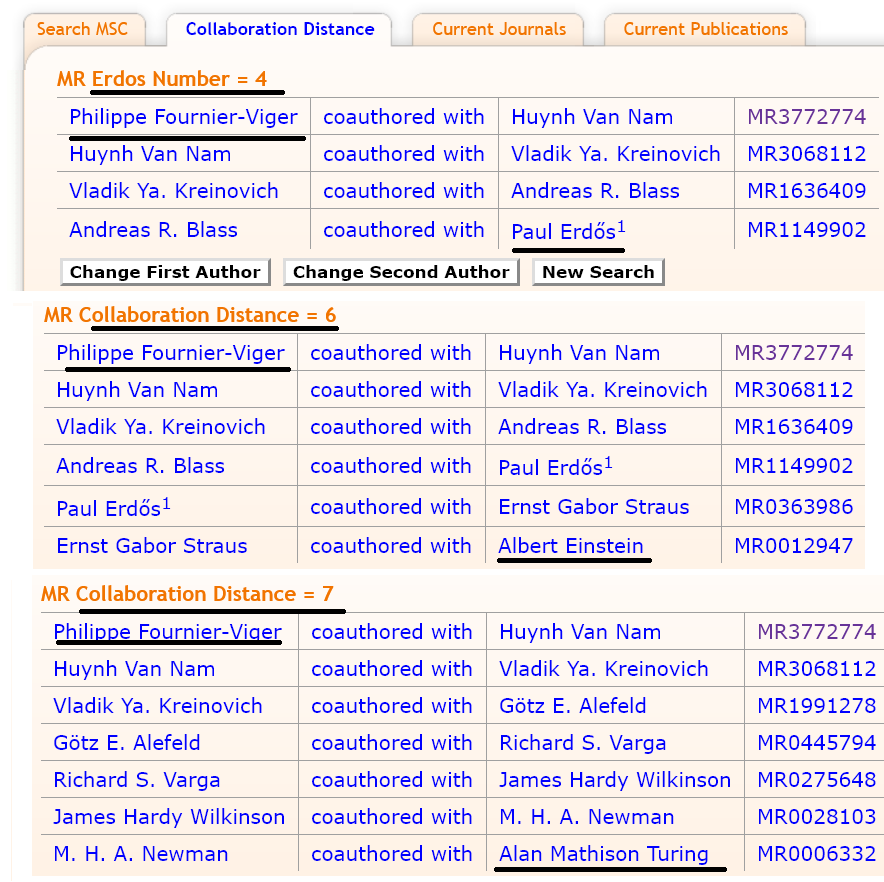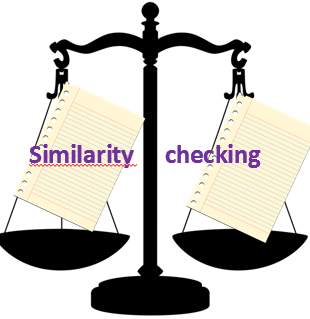I have recently attended the ICGEC 2018 conference (12th International Conference on Genetic and Evolutionary Computing) from December 14-17, 2018 in Changzhou, China. In this blog post, I will describe activities that I have attended at the conference.

About the ICGEC conference
IGCEC is a good conference on the topic of Evolutionary Computing and Genetic Computing. It is the 12th edition of the conference. It is generally held in Asia and there is some quality papers. The proceedings are published by Springer and indexed in EI, which ensures a good visibility. Besides, the best papers are invited in various special issues of journals such as JIHMSP and DSPR. Also, there was six invited keynote speakers, which is more than what I usually see at international conferences. I am attending this conference to give one of the keynote talks on the topic of high utility pattern mining.
The conference was held partly at the Wanda Realm Hotel and the Changzhou College of Information Technology (CCIT).

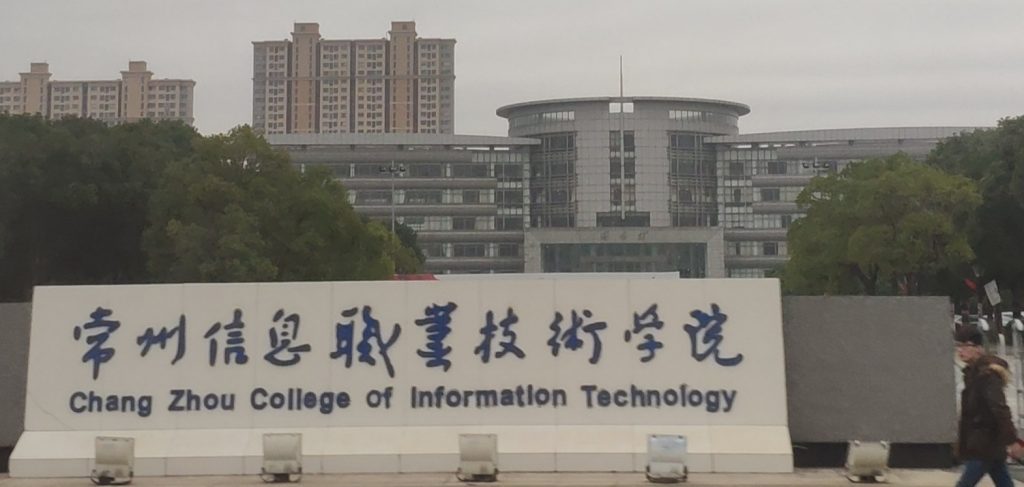
Changzhou is middle-sized city not very far by train from Shanghai, Wuxi and Nanjing. In terms of tourism, Changzhou is especially famous for some theme parks, and has also some museum and temples. The city has several universities and colleges.

Here is a picture of the conference materials (book, bag, gifts, etc.).

Opening ceremony
The opening ceremony was held by Dr. Yong Zhou, and Prof. Jeng-Shyang Pan, honorary chairs of the conference. Also. Prof. Chun-Wei Lin, general chair briefly talked about the program. This year about 200 submissions have been received and around 36 were accepted.
Keynote talks
The first keynote was by Prof. Jhing-Fa Wang about orange technology and robots. The concept of Orange Technology is interesting. It refers to technologies that are designed to enhance the life of people in terms of (1) help, (2) happiness and (3) care. As we have the concept “green technology” to refer to environment-friendly technology, “orange technology” is proposed so that we can focus on the people. Some example of orange technology is robots that can assist senior people.


The second talk was by Prof Zhigeng Pan about virtual reality. Prof. Pan presented several applications of virtual reality, augmented reality, and applications.
The third talk was by Prof. Xiudeng Peng about industrial applications of artificial intelligence such as automatic inspection systems, fuzzy control systems, defect marking, etc. Prof. Peng reminded us that if we are interesting in finding potential applications of AI, there are a lot of opportunities in the industry. He also stressed the importance of developing machine learning models that can be updated in real-time to feed-back, and hav online capabilities.

The fourth keynote talk was by Jiuyong Li about causal discovery and applications. The topic of causal discovery is very interesting as it aims to find causal relationships in data rather than associations. Several models have been proposed in this field to find causal rules and causal decision trees, for example. Several software by Prof. Li are open-source, and he has published a book on this topic recently.
The fifth keynote was by myself, Philippe Fournier-Viger. I presented an overview of our recent work about pattern mining, and in particular itemset mining, high utility pattern mining, periodic pattern mining, significant pattern mining and local pattern mining. I also presented my open-source data mining software called SPMF. Finally, I discussed what I see as current research opportunities in the field of pattern mining, and how evolutionary and genetic algorithms can be used in this field (because it is the main topics of the conference).
Then, there was a last keynote talk by Dr. Peter Peng about genetic algorithms, clustering and industry applications.
Regular talks
On the second day, there was several regular paper presentations grouped by topics, including machine learning, evolutionary computing, image and video processing, information hiding, smart living, classification and clustering, applications of genetic algorithms, smart internet of things, and artificial intelligence.

Social activities
On the first day a special reception was held for invited guests and committee members at the hotel. A buffet was held at the hotel on the evening of the second day, and a banquet on the evening of the last day of the conference. Overall, there were many opportunities for discussing with other researchers, and people were very friendly.
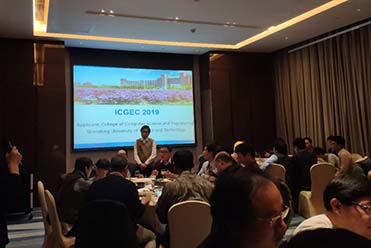
Next year: ICGEC 2019
Next year, ICGEC 2019 will be held in Qingdao, China, which is a nice city close to the sea. It will be organized by professors from the Shandong University of Science and Technology.
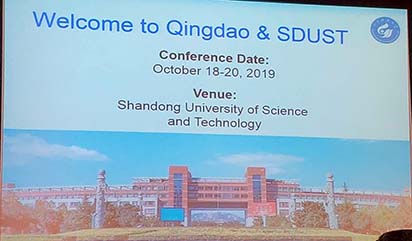
Conclusion
The ICGEC 2018 conference was well-organized, and it has been a pleasure to attend it. Looking forward to ICGEC 2019.
—
Philippe Fournier-Viger is a full professor working in China and founder of the SPMF open source data mining software.






